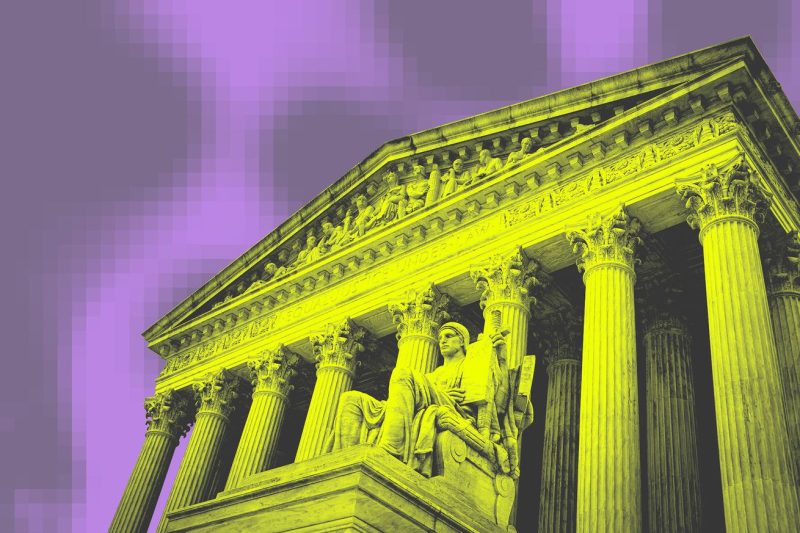
High Stakes: America’s Low-Income Broadband Fund in the Hands of the Supreme Court
In the realm of modern society, access to reliable internet has become critical for essential communication, education, and overall quality of life. The ongoing debate over America’s low-income broadband fund has sparked discussions nationwide, raising important questions about the future of digital equity and the role of the government in ensuring universal access to high-speed internet.
At the heart of this debate lies the Supreme Court, the highest judicial body in the United States, set to render a decision that could have a profound impact on the accessibility of broadband services for low-income households. The case being considered revolves around the constitutionality of a federal program aimed at subsidizing internet access for underserved communities – a program that supporters argue is essential for bridging the digital divide and promoting equal opportunities for all citizens.
On one side of the argument are proponents of the low-income broadband fund, who highlight the fundamental importance of internet access in today’s interconnected world. They emphasize that reliable broadband is no longer a luxury but a necessity, especially in light of the Covid-19 pandemic, which has further exposed disparities in access to digital resources. Advocates contend that the government has a responsibility to ensure that all Americans, regardless of income level, have the tools they need to thrive in an increasingly online society.
Conversely, opponents of the broadband fund raise valid concerns about the potential overreach of government intervention in the telecommunications sector. They argue that subsidizing internet access for low-income households could distort the market, stifle competition, and hinder innovation. Skeptics also question the constitutionality of the program, suggesting that it may encroach upon states’ rights or violate principles of free-market economics.
As the Supreme Court prepares to weigh these competing arguments, the stakes could not be higher for millions of Americans who rely on affordable broadband for work, education, healthcare, and social participation. The outcome of this case could shape the future of internet regulation in the United States and set a precedent for how the government addresses issues of digital inclusion and equity moving forward.
Regardless of the Court’s decision, one thing remains clear: the need for accessible, affordable broadband is a pressing issue that cannot be ignored. As our society becomes increasingly dependent on digital technologies, it is crucial that policymakers, businesses, and community leaders work together to ensure that no one is left behind in the fast-evolving digital landscape. Only through collaborative efforts and thoughtful policies can we build a more equitable and connected future for all Americans, regardless of their income status.
